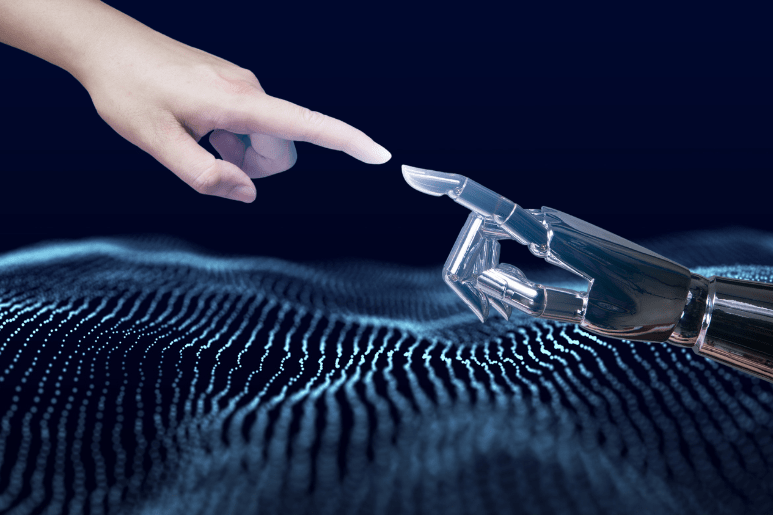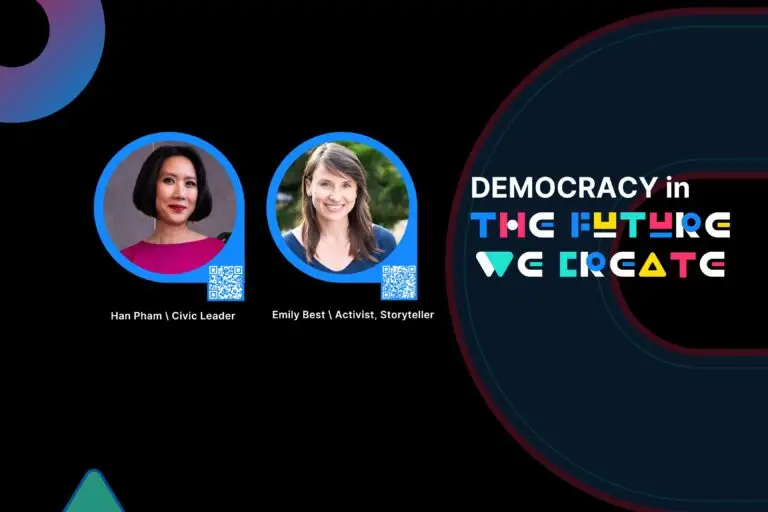As someone who has grown up seeing the evolution of technology, the concept of technological innovation isn’t something that baffles me. I grew up in a household that had a singular desktop shared between everyone to now living with a portable and personal laptop. I was a kid when the first iPhone was released, and while I don’t remember much about it, I can’t imagine a world without having access to information at my fingertips through apps and the internet. For this reason, to me it only makes sense that the next step in this evolution is Artificial Intelligence (AI).
AI Everywhere
The term AI flows around in today’s world in the same way air does, yet when it comes down to explaining what artificial intelligence is, I couldn’t seem to find a clear and concise way of defining it. Something about calling it an enhanced machine felt wrong because there are emotional and empathetic qualities to it that humanize it. At the same time, comparing AI to a human being doesn’t work because AI clearly has abilities to process and hold information that supersedes humans. While it can’t fully take over the human experience of living, feeling, and growing, it can process multitudes of information and act on it instead of just holding it. So how do we really define what AI is?
Many people think of AI as a tool—something to boost productivity and make processes more time efficient and accurate. However, tools by definition are a device or implement used to carry out a particular function. Traditionally we think of the tool as something that is hand held, whether that is literally or metaphorically in the sense that we control it and it acts as an extension to us, but the truth is AI has evolved into so much more.
AI as a Sentient Being?
Mustafa Suleyman’s talk, “What Is AI Anyway?” which describes AI as a new species prompted a whole new line of thought. Think of the human qualities we’ve imparted to it—learning behaviors and studying knowledge and history to mimic what we do. Now take these abilities and put them in a more accessible vessel like the technology we all have access to today. We’ve given AI the skill set it needs to exist in our world today, but supersede our abilities as humans. Instead of it being an extension or a tool, it’s turned into an invention, something we act as a parent towards allowing it to excel in its own way and exist as its own digital species.
This is such a powerful sentiment when you think about the capabilities of AI. “Today, the most advanced AIs consume more than eight trillion words in a single month of training,” says Suleyman. If a human being were to spend everyday of their life reading and consuming information, it would only be a fraction of what AI is capable of doing in a whole month.
Interested in learning what others are saying about AI and our collective future?
Join in the conversation at our TEDxAtlanta Salon on AI and the future.
DETAILS
Where: Atlanta Tech Park, Peachtree Corners
When: January 30, 2025, 5:30 pm – 9 pm
Tickets: Complimentary, RSVP today
While it does pass the average human with its ability to process information, there was one idea Suleyman brought up that had me thinking about the capabilities of AI and how it relates to us as people. AI has already proven its extraordinary IQ and EQ, but what we’re predicting for the future is its actions quotient, or AQ. Holding onto multitudes of knowledge isn’t new in the world of technology, but it’s the actions we take with the knowledge that are the turning point we’re approaching at the moment with AI.
To better understand this I turned to understanding how AI helped aid different industries, starting with the medical field. In Eric Topol’s talk “Can AI Catch What Doctor’s Miss?” he dives deeper into the term precision medicine, explaining that the need isn’t just for precision, but for accuracy. When a group of doctors and AI machines were given a scan of a retina, doctors were able to recognize the gender of the patient with 50% accuracy while AI was able to with 97% accuracy. He explained that AI was able to get a more holistic understanding of a patient from a simple scan, while doctors would require more information in order to get the bigger picture. This opens up opportunities to find diagnoses with more ease and require less resources to do so.
A common fear is the overwhelming abilities of AI leaving no room for humans to participate. But what these conversations have taught us is that taking a human centric approach is key. Understanding that this knowledge is built by humans for humans is what allows us to still maintain control over the technology. Much like tools they do aid our abilities, but unlike tools they have a certain level of autonomy that we allow it to have.
The way I see it, AI coexists in a way that allows technology to fill in the blind spots of people. As it develops, it becomes less of a tool and more of a companion.

